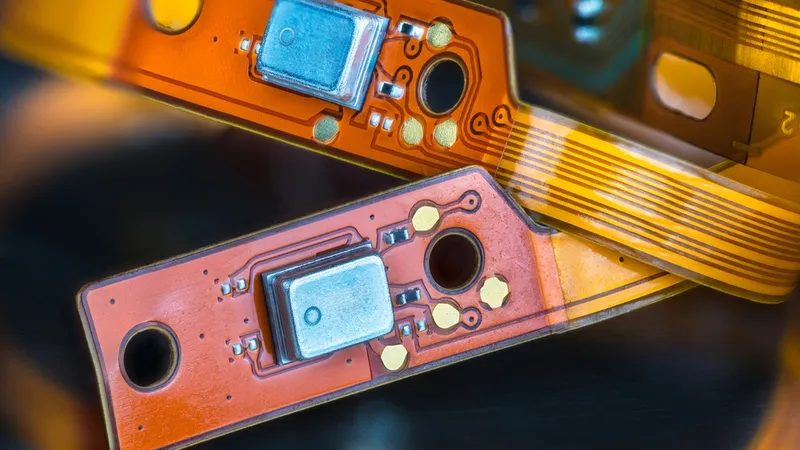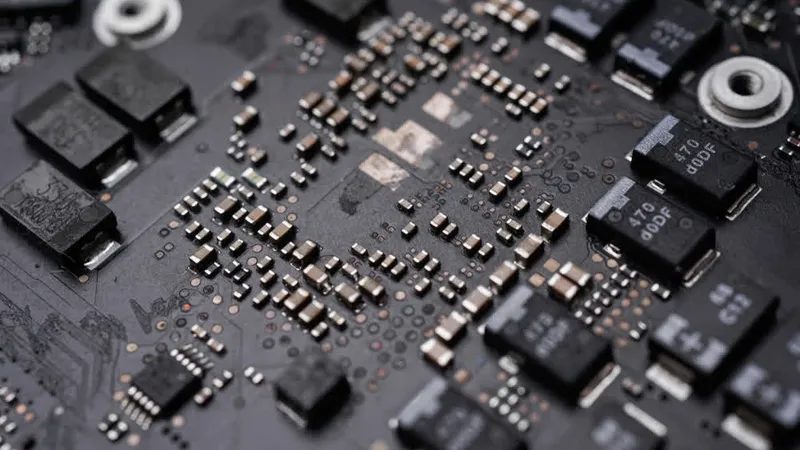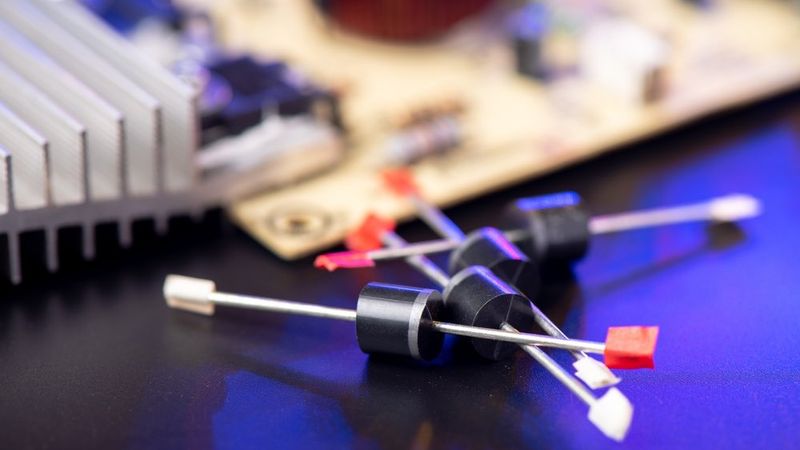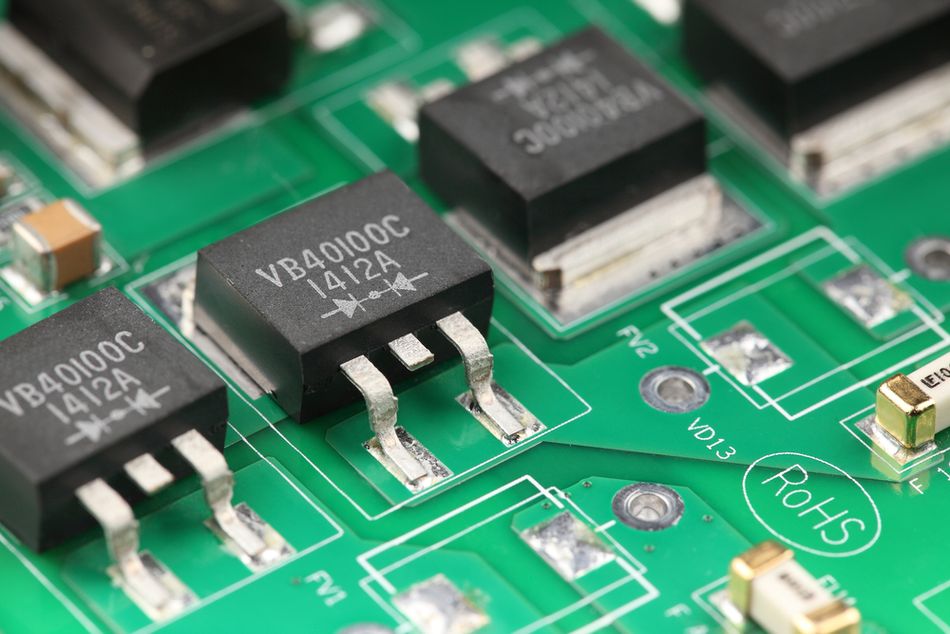Flexible PCBs in Modern Engineering

This article delves into the innovative world of flexible printed circuit boards, uncovering their design, advancements, and transformative role in modern engineering applications. PCB or small components on flexible ribbon cables Introduction Flexible printed circuit boards (PCBs) have revolutionized electronic circuit design with their ability to conform to various shapes and spaces, unlike traditional rigid-flex PCBs. Flexible PCBs are made from materials like polyimide or polyester film, allowing them to withstand repeated bending without losing their structural integrity. This flexibility makes them ideal for compact and robust electronic designs, as the copper traces etched onto these substrates maintain conductivity even when bent. Their distinct properties have made flexible PCBs a critical component […]
SMD Resistor Sizes: A Comprehensive Guide for Engineers

Learn about the various sizes of SMD resistors, their impact on electronic circuit design, and the latest technological advancements in SMD Resistor Technology. This guide discusses practical insights for engineering professionals looking to optimize their designs with precise resistor sizes. Introduction Surface-Mount Device (SMD) resistors are critical components in modern electronic circuits, offering compactness and reliability. These resistors are integral to the design of high-density circuits, enabling the miniaturization of electronic devices. SMD Resistor sizes play a crucial role in circuit design, influencing impedance, heat dissipation, and overall performance. Understanding the various SMD resistor sizes is essential for engineers aiming to optimize their designs for efficiency and functionality. Mastery of […]
Guide to PCB Mounting: Techniques, Tips, and Best Practices

PCB mounting is critical for ensuring the lifetime and dependability of electronic products, including careful component selection and location, adherence to industry standards, and the use of high-quality materials and assembly procedures. This post will go over PCB mounting techniques, tips, and best practices and expand on crucial aspects of printed circuit board mounting. A Printed Circuit Board Introduction PCB mounting is an important aspect of electronics manufacturing and assembly, as it affects the performance and reliability of electronic devices. Understanding the best practices and techniques for PCB mounting has become increasingly important for industry professionals as electronic products become more complex. This comprehensive guide aims to provide an in-depth […]
Types of SMD Components: A Comprehensive Guide

This article delves into the various types of SMD components, detailing their sizes, functions, soldering techniques, selection guidelines, and applications. Printed Circuit Board with Surface Mounted Devices Introduction Surface Mount Device (SMD) components are integral elements in the world of electronics. These tiny devices have paved the way for miniaturized circuits, enabling sleeker designs and enhanced performance. SMD components play a crucial role in the functioning of electronic circuits, making it essential for anyone involved in electronics to understand them. Whether you’re an electronics enthusiast, a professional engineer, or simply curious about the inner workings of your everyday devices, this guide will provide you with a comprehensive understanding of SMD […]
Understanding Circuit Board Components: A Comprehensive Guide

This guide provides an in-depth understanding of circuit board components, highlighting their basics, types, design process, and troubleshooting for various applications. Circuit board components or SMDs etched on an electronic board Introduction to Circuit Board Components Electronic devices are built on a foundation of circuit board components. These components are the essential building blocks of everything from simple electronic toys to complex supercomputers. Circuit board components come in a variety of types, including resistors, capacitors, inductors, transistors, and diodes. Each component has its unique function, and together they work to create the complex electronic systems that we rely on every day. The complexity and variety of these components can be overwhelming. […]
SMD Package Types and Sizes: A Comprehensive Guide for Engineers

A Deep Dive into Types, Packages, Sizes, Applications in Modern Electronics, and the innovations in SMD technology that have revolutionized PCB design Introduction Surface Mount Device (SMD) technology has revolutionized the electronics industry, enabling the creation of smaller, lighter, and more efficient devices. These are miniature components, much different from their conventional PCB component outlook, soldered directly onto the surface of printed circuit boards (PCBs). SMD components have become the backbone of modern electronics manufacturing. The diverse array of SMD package types and sizes plays a crucial role in PCB design and manufacturing, allowing engineers to optimize space utilization, thermal management, and electrical performance. Understanding the nuances of SMD package variations is […]
Zener Diode: A Comprehensive Guide to Its Principles and Applications

Unlocking the Potential of Zener Diodes: A Deep Dive into Principles and Practical Applications A Zener diode is a semiconductor device that allows current to flow forward like a regular diode but also in the reverse direction if the voltage is larger than the breakdown voltage, known as “Zener knee voltage” or “Zener voltage”. This dual-directional functionality is the defining characteristic of Zener diodes and sets them apart from other diodes. Zener diodes consist of a heavily doped P-N junction to reduce the breakdown voltage, which results in a thin depletion layer. The reduced breakdown voltage allows the diode to operate reliably in the reverse breakdown region without damaging […]
Rectifier Diode: Revolutionizing Electrical Applications with Advanced Semiconductor Technology

This article explores the latest advancements, practical applications, and ongoing challenges in the field of rectifier diodes, offering a valuable resource for engineers seeking to elevate their knowledge and practical skills. Diode, electronic component that conducts current in one direction Introduction Rectifier diode stands as a fundamental building block in the vast domain of electronics, enabling the conversion of alternating current (AC) to direct current (DC). This conversion powers everything from our household appliances to computing devices, ensuring their reliability and efficiency. Rectifier diodes utilize semiconductor properties to allow current to flow in only one direction, effectively filtering out any reversals typical of AC input. This directional control of electrical […]
